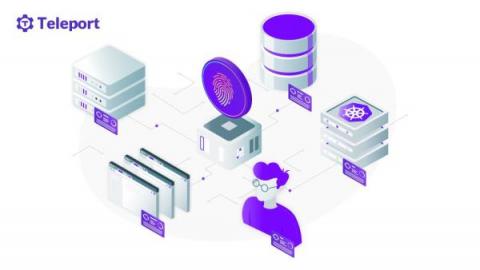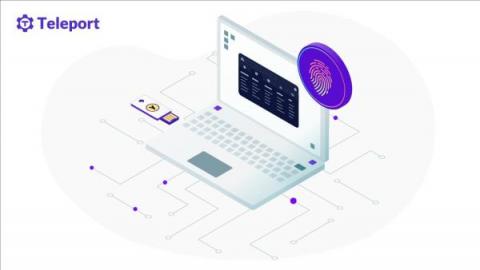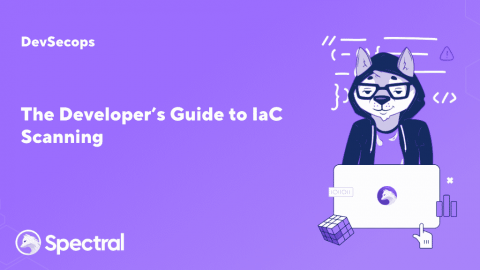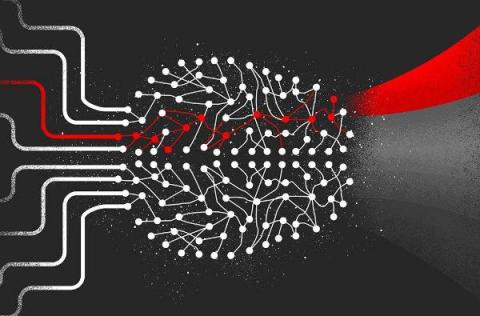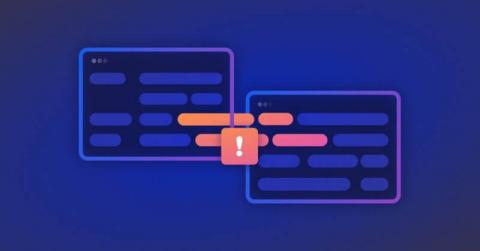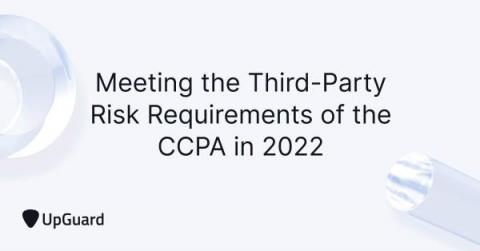What's New in Teleport 10
This post introduces all the features released in Teleport 10. Teleport 10 includes version 10.0, 10.1, 10.2 and 10.3. You can always find an up-to-date status of Teleport releases in our docs. Teleport 10 is the biggest release so far in the history of Teleport in terms of feature sets. Before we dive into all the Teleport 10 features, let me first introduce you to...


